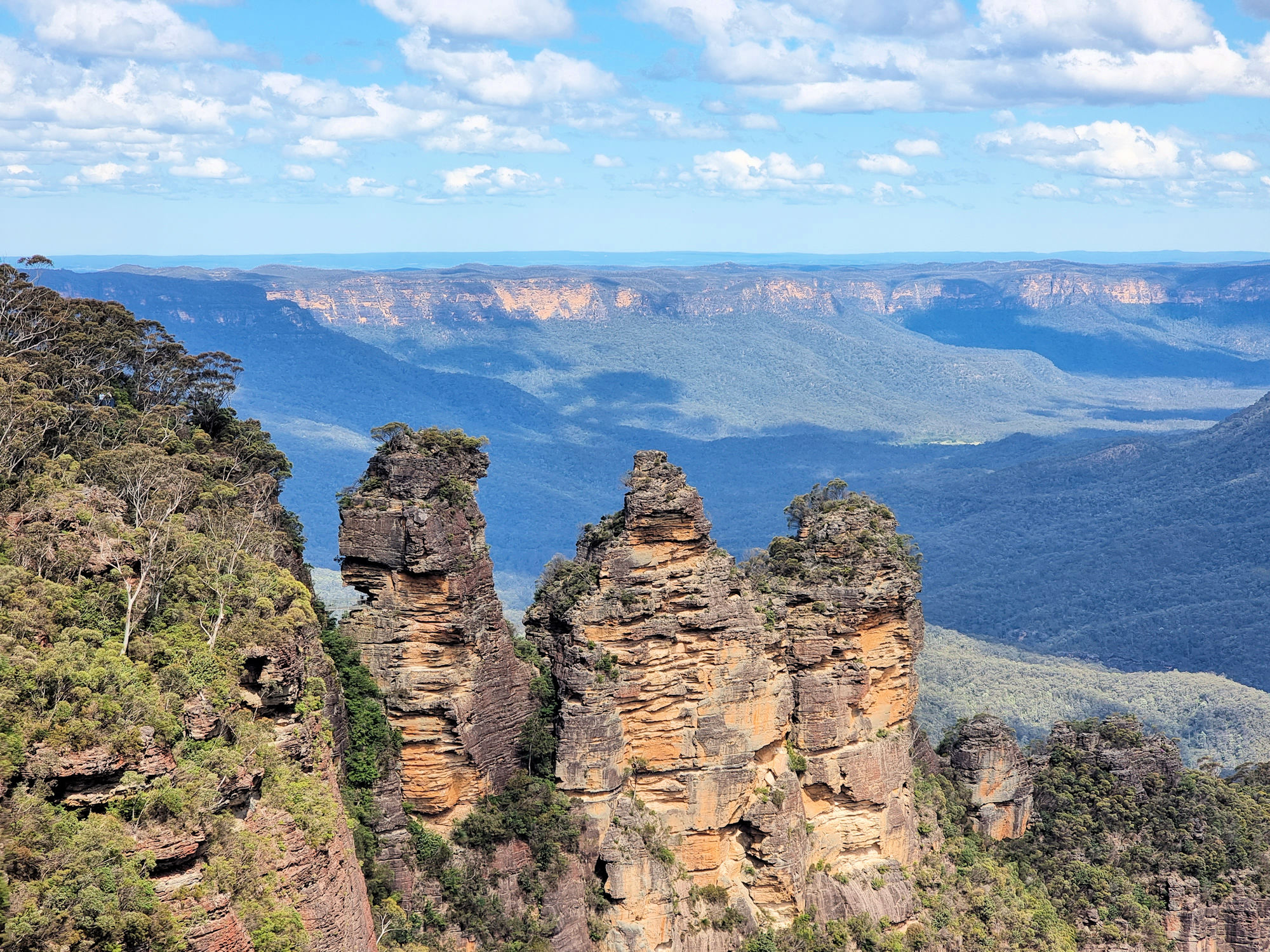Category: Travel
-
Echo Point Blue Mountains

Echo Point Blue Mountains Probably the best place to start your trip to the Blue Mountains, Echo Point in Katoomba has amazing views, access to several walks and an information centre. Parking is available in the surrounding streets, where parking meters ensure no-one visits for free. Our first stop was the Visitor Information Centre because… Read more
-
Sea Shepherd’s MV Steve Irwin

Sea Shepherd’s MV Steve Irwin Although now retired from from its confrontations with Japanese whaling fleets, the MV Steve Irwin still looks impressive with its camouflage and skull painted deck house. Docked at Thales Marine in Newcastle, New South Wales, the ship is now owned by the non-profit organisation Ship4Good. Tours are a great way… Read more
-
Vaucluse House Sydney Historic Home

Vaucluse House Sydney Completed between 1803 and 1839 in the Gothic Revival style, Vaucluse House is one of the few remaining colonial mansions in Sydney still surrounded by its original gardens and wooded grounds. Purchased by colonial explorer, barrister and politician William Charles Wentworth in 1827, it was expanded from a simple cottage to a… Read more